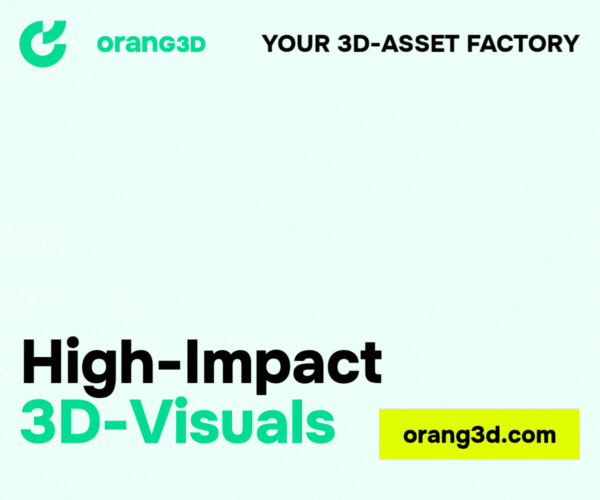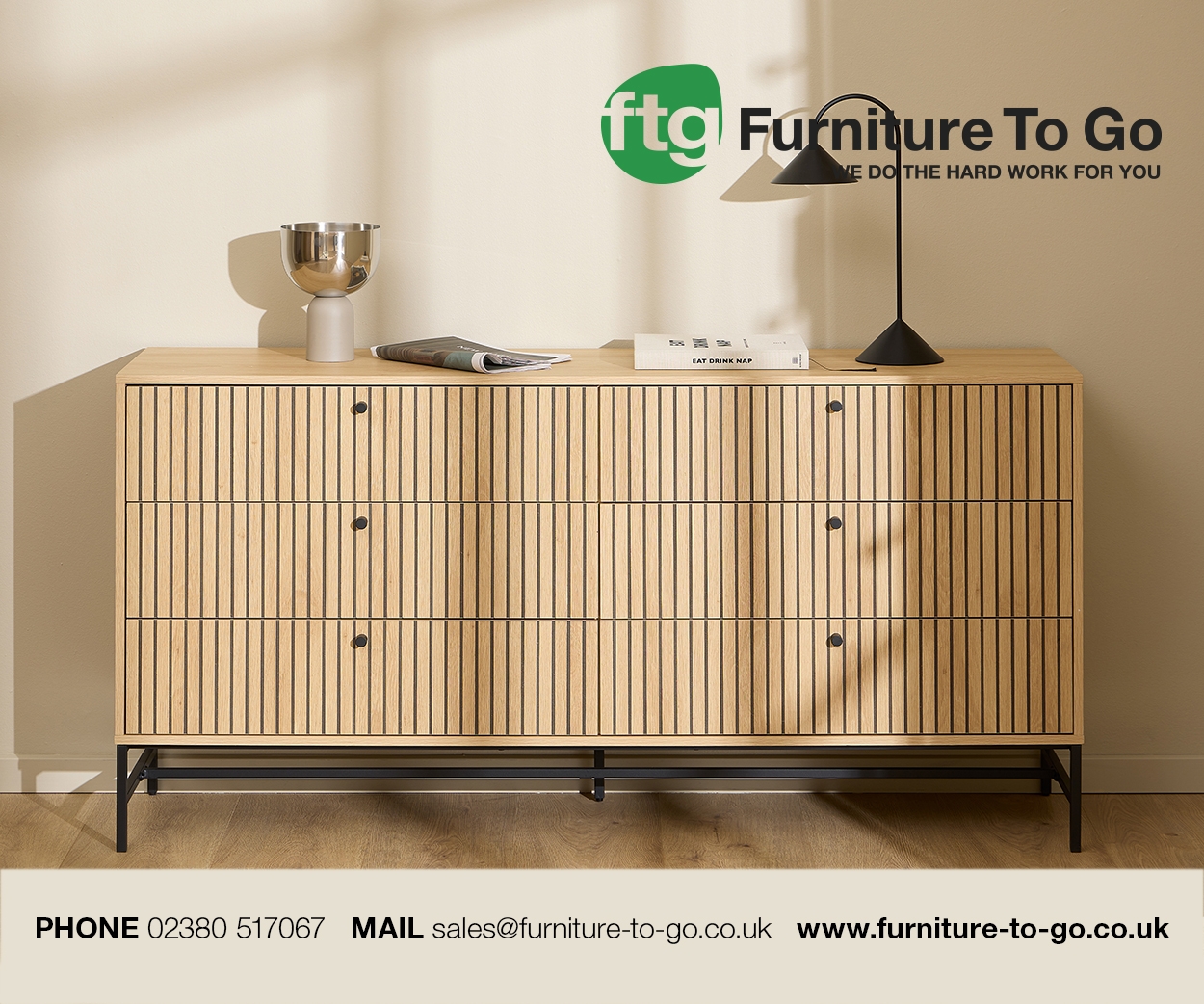Mankind is fast becoming an urban species, and Caroline Till believes that designers have a responsibility to deliver a more sustainable vision of the future. Paul Farley caught up with the design consultant and FranklinTill co-founder at her studio in Dalston, London to discover how she plans to convey this message at Heimtextil 2018 …
Urbanisation is inescapable. By 2050, 66% of the world’s population will live in towns and cities, according to the UN. Whether this outlook leaves you feeling excited or claustrophobic, it’s time to face up to the design implications of our changing living spaces.
Given that our populations are growing faster than the resources needed to house them, how can we expect to occupy environments that are conducive to happy, healthy lives?
“We’re still stuck in the make-and-discard model, and I’m concerned that many of today’s specifiers and designers aren’t seeing the big picture,” says Caroline. “By harnessing material innovation and sustainability, the designer can be an agent of radical change – but unless it’s inherently sustainable, I don’t see there being much of a future to speak of.”
Under the influence
Caroline co-founded research and design studio FranklinTill together with Kate Franklin in 2010. Her team has since worked with notable clients such as Samsung, Ikea, Channel 4 and the Crafts Council, and through its work FranklinTill has always strived to bring a more scientific and contextual level of insight to its findings than your average trend forecaster, drawing on the socioeconomic and technological factors influencing changing consumer tastes and trends in materials and colours.
“The power of colour is pretty underutilised in the design world,” says Caroline, who refers to a project she recently covered in FranklinTill’s in-house magazine, Viewpoint Colour. She explains how paper merchant GF Smith conducted a global survey to identify the world’s favourite colour, and how The Sussex Colour Group brought context to the findings by applying cognitive neuroscience, developmental psychology and vision science.
From a sample of over a million respondents, a hue somewhere between blue and green emerged as the stand-out choice. But why?
“The hypothesis has always been that blue is the world’s favourite colour,” says Caroline. “We didn’t want to lead people to an answer, but we did want to test whether it was true, and ask why.
“We may think our colour choices reflect our personal identities, or echo feedback loops in our society, but it’s emerging that much of the way we perceive colour is innate, and that has huge implications for how we behave as trend forecasters.”
Fair way
FranklinTill is bringing its unique approach to bear in an experiential installation at Heimtextil, taking place in Frankfurt from 9-12th this month.
Designing for an urban future is at the heart of this year’s Theme Park segment, which promises to bring to life the lifestyle, colour and material trends of the inexorable movement towards urbanisation, and, in doing so, offer comment on long-term changes in consumer tastes and needs.
The Theme Park is one of the industry’s richest trend forecasting experiences, and Caroline is confident that FranklinTill’s stewardship of the project this year – entitled The Future is Urban – will put exhibitors’ textiles in context while provoking discussion of the wider trends shaping our future.
“We’ve had almost complete autonomy this year,” says Caroline, who last curated the project back in 2014, “and it feeds into lots of threads we’ve been working on.
“Sustainable design is integral to our studio’s ethos. We’re always looking at material innovation, and how, as we’re confronted with diminishing resources, and growing social pressures, it can solve some of the biggest problems of the 21st century.”
During her research, Caroline discovered that nine out of 10 people on the planet now breathe polluted air, and that the average American dwelling has downsized by 7% since 2009. Perhaps most worrying is the revelation that urban waste is now growing even faster than the rate of urbanisation.
“When it comes to urbanisation, people always talk about things like smart cities and driverless cars,” says Caroline.” For The Future is Urban, we wanted to take a more human, design-centred approach – what do these shifts mean for the spaces being created, how we work, rest and play, and which materials we’re going to need?”
The lifestyle segment of the installation (which ties into the latest design and colour trends) covers four platforms: the Flexible Space, which explores modular and multifunctional environments for ever-smaller living spaces; the Healthy Space, which espouses the benefits of bringing plant life and greenery into offices and conservatories; the Remade Space, a focus on transforming waste and recycling materials into viable resources; and the Maker Space, which looks at how digital manufacturing is driving more collaborative and personalised approaches to design.
“We always wanted to make our Theme Park as experiential as possible,” says Caroline. “Today’s consumer has an obsession with provenance and how things are made, so we’re employing as many live demos as possible, to impart knowledge through experiences rather than reading.”
Visitors will encounter prototype living spaces made of modules that combine storage, sleeping and washing functions. They will be able to consult plant diagnosis experts to discover how to maximise wellbeing in their workplace, or enter a landscape of changing colours and feel how different hues can both relax and recharge the body. They’ll find a library of repurposed materials, and be invited to create their own products at a digital manufacturing station.
Finally, they’ll be able to take stock of a curated selection of the new textiles available to buy at the fair, organised within five categories: Relax/Recharge; Perfect Imperfection; Soft Minimal; Adapt & Assemble; and Urban Oasis. The installation is rounded off by a seminar theatre, café and audio tour.
“The show’s organisers appreciate that there are two levels of information people want from the Theme Park – that they appreciate the larger-scale, spatial environment and macro socio-economic trends as well as learning about the trends they’ll see in textiles and interior spaces in 2018/19,” says Caroline.
Sustainable living
Indeed, the story told throughout The Future is Urban is that while product design must fall into line with reality, it’s often the small changes that can make an impact at the higher level. The problem is that efforts towards the greater good are all too easily ignored from day to day.
“Sustainability seems so complex,” says Caroline. “People don’t know what constitutes ‘good’ any more, or how they can help effect change – it often seems to be more about the brands we buy into, and how they reflect our agendas.
“If we’re going to continue consuming products so rapidly, we need to start using more biodegradable materials. We should recognise that provenance and longevity can be a more compelling consumer story than rarity and expense.
“That said, as someone who has always tried to practice what I preach, I’m aware that even with the best will in the world that’s sometimes impossible.”
Throughout the urbanisation movement, social consciousness begins at home, and, as a parent living in an increasingly gentrified part of London, Caroline is acutely aware of how her environment is changing – both because of and despite the pressures brought about by overpopulation.
“I’ve lived in Hackney, so I’m used to city life,” she reveals, “but I did move further out to Leyton five years ago, and there’s still part of me that craves a more rural environment.
“But since embarking on this project, and meeting some of the designers working hard to make a difference, I’ve really reconnected with the city.
“It may be symptomatic of the worst aspects of the Brexit mentality, but I recently read a list of the best 10 places to bring up children in the UK, and the top three were, predictably, the most far-flung places imaginable. The reasons justifying this selection were so archaic and small-minded.
“Conversely, the capacity for connection in urban environments is incredible. I’ve rediscovered the notion of cultural engagement – my daughter has been exposed to every cultural background, and she’s not even two years old! It’s so refreshing to be in such a diverse environment.”
For better or worse, the fabric of society is changing fast, and the ramifications cannot be ignored. Driven by necessity, the macro trends identified in The Future is Urban will impact the form, colour and material of mainstream furniture and furnishings sooner than we might think.
“We’re urging the design community to see the bigger picture behind furniture and fashion, and advocating the need for longevity in what’s created,” states Caroline.
It may not take a crystal ball to see which way the world is going, but the role design will play in that future is a little clearer thanks to FranklinTill’s efforts.
Read more about FranklinTill's trend forecasts in the January 2018 issue of Furniture News, coming soon.











